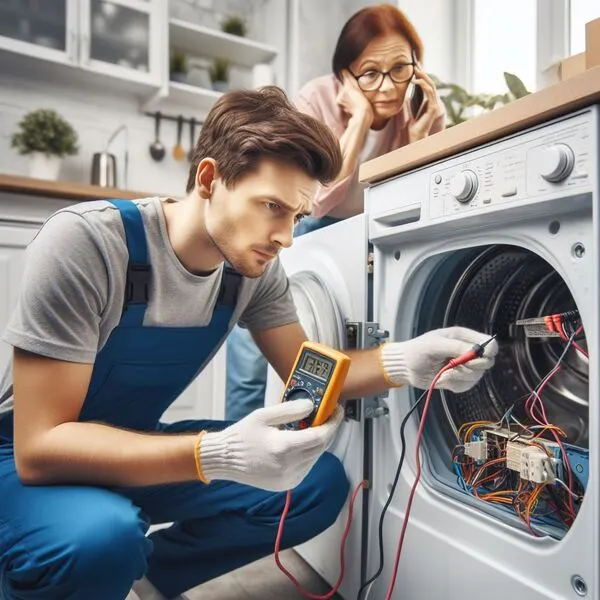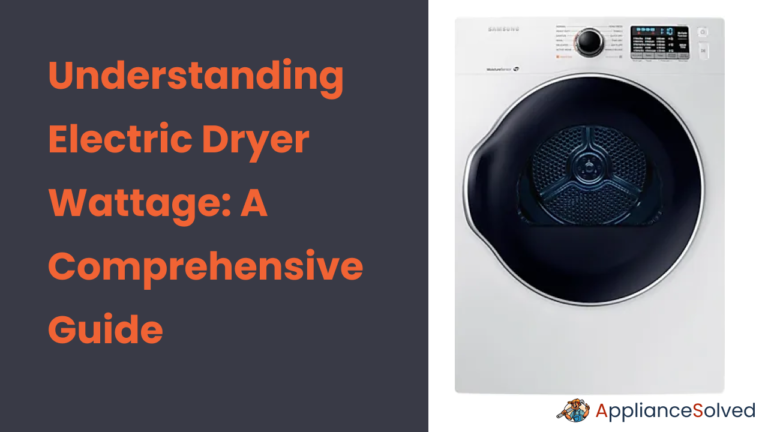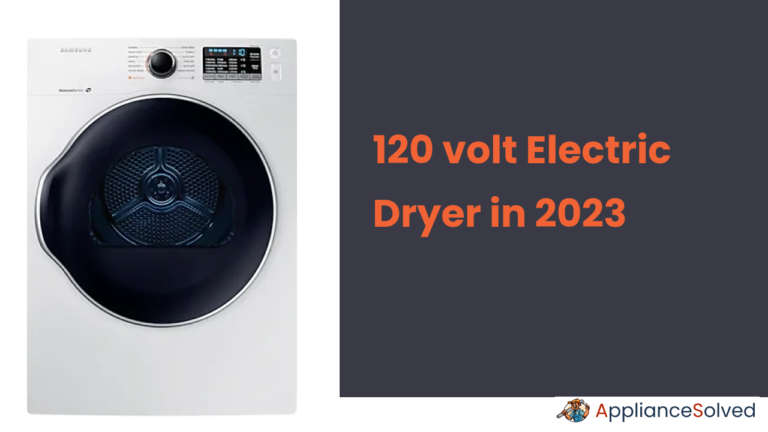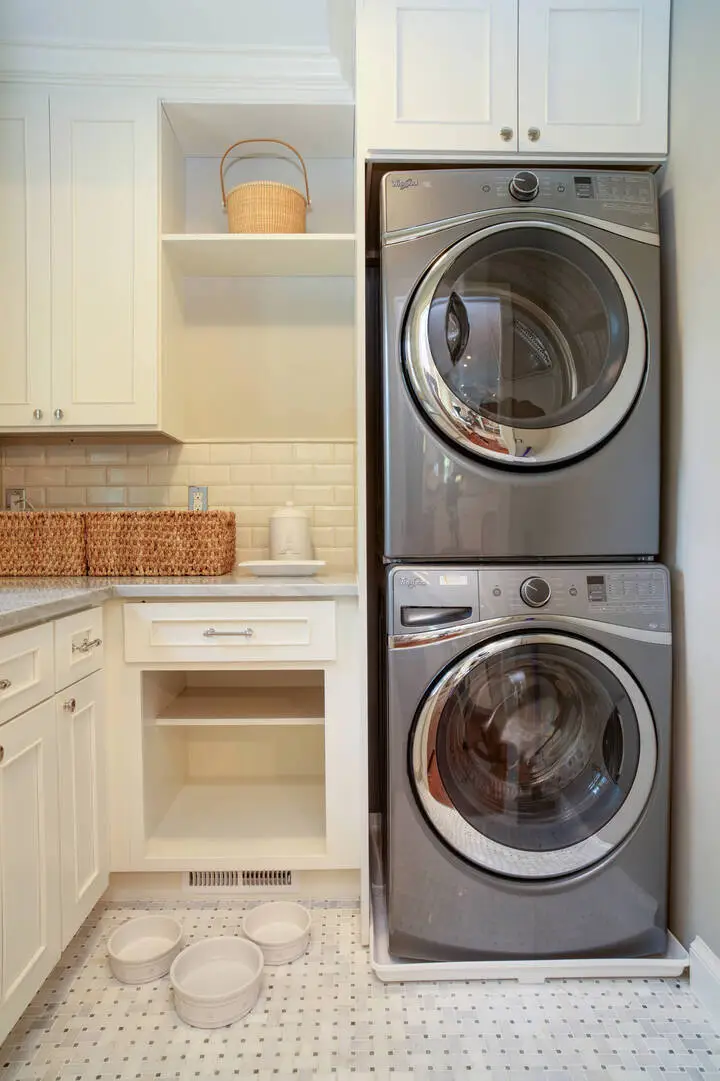Electric Dryer Troubleshooting: A Comprehensive Guide
I. Introduction
Electric clothes dryers have become essential appliances in modern households, offering a convenient and efficient way to dry clothes. Understanding how these appliances work is crucial for maintaining their optimal performance. Electric dryers operate by using electricity to power a heating element, which warms the air. This heated air is then circulated through the drum, evaporating moisture from the clothes. As the moisture-laden air is expelled through the exhaust vent, the clothes dry.
Regular maintenance is key to ensuring the longevity and efficiency of electric dryers. Issues can arise due to various reasons, including power supply issues, clogged vents, or malfunctioning components. This article aims to guide readers through a systematic troubleshooting approach, helping them identify and resolve common electric dryer problems.
II. What are the Common Dryer Problems and Solutions?
Electric dryers, while convenient, can encounter various issues over time. Understanding common problems and their solutions can help users troubleshoot and maintain their dryers effectively.
1. Dryer Breaker Keeps Tripping:
If your dryer breaker consistently trips, it could indicate electrical issues.
- Inspect Electrical System:
- Check for loose connections in the dryer’s power cord.
- Examine the breaker and outlet for signs of wear or damage.
- Reduce Load Size:
- Overloading the dryer can strain the electrical system; reduce the load.
- Professional Assistance:
- If issues persist, consult an electrician to inspect the home’s electrical system.
2. Dryer Leaking Water:
Discovering water leaks from your dryer demands immediate attention to prevent damage.
- Check Water Supply:
- Ensure the water inlet is securely connected.
- Examine hoses for leaks or damage.
- Inspect Internal Components:
- Check the water valve and seals for any issues.
- If problems persist, seek professional assistance.
3. Dryer Making Loud Noise:
Dryer making loud noise and unusual noises can indicate mechanical problems within the dryer.
- Drum and Belt Inspection:
- Check for loose items inside the drum.
- Inspect the belt for signs of wear or damage.
- Clean Components:
- Regularly clean lint filters, vents, and drum rollers.
- Lubricate moving parts to reduce friction.
4. Dryer Not Spinning:
A Dryer Not Spinning can be a result of various issues.
- Belt and Motor Check:
- Inspect the belt for damage and ensure it’s properly aligned.
- Check the motor for signs of failure.
- Door Switch Examination:
- Ensure the door switch is functioning correctly.
5. Dryer Knob Not Working:
A malfunctioning Dryer Knob Not Working can impede your ability to control the dryer.
- Inspect Knob and Shaft:
- Check for visible damage on the knob and the shaft it connects to.
- Replace the knob if necessary.
- Internal Mechanism Examination:
- If the issue persists, inspect the internal mechanism and seek professional help.
6. Dryer Thermal Fuse Keeps Blowing:
A recurring Dryer Thermal Fuse Keeps Blowing may indicate an underlying problem.
- Vent and Lint Cleaning:
- Clear lint filters and exhaust vents regularly.
- Ensure proper ventilation to prevent overheating.
- Heating Element Inspection:
- Check the heating element for faults.
- If issues persist, consult a professional to inspect the electrical components.
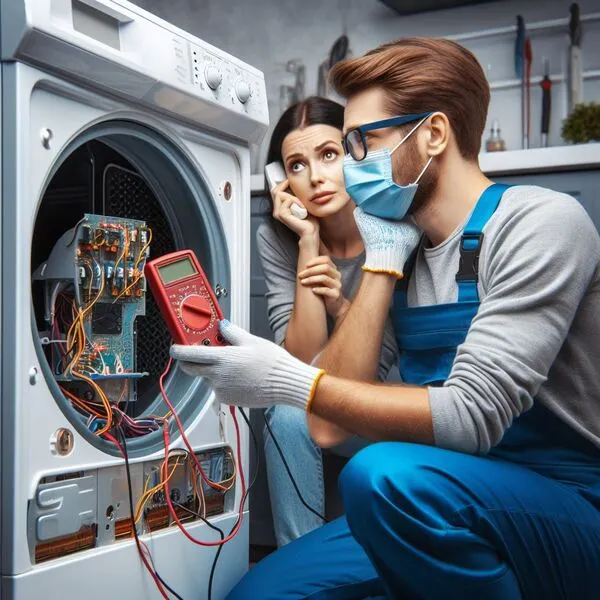
7. Electric Dryer Not Heating:
A electric dryer not heating causes lack of heat can render your dryer ineffective.
- Check Power Supply:
- Verify the power source and breaker.
- Ensure the heating element is functioning correctly.
- Thermostat Inspection:
- Test the thermostat for proper operation.
8. Electric Dryer Smells Like Gas:
A gas smell from an electric dryer is a serious safety concern.
- Emergency Response:
- Ventilate the area and turn off the gas supply.
- Do not use the dryer until a professional inspects it.
9. Dryer Is Smoking:
Dryer is smokingis a critical issue that demands immediate action.
- Emergency Shutdown:
- Unplug the dryer immediately.
- Investigate for lint buildup or damaged components.
- Professional Inspection:
- Have a technician examine the dryer for electrical or mechanical faults.
10. Dryer Burn:
Discovering Dryer Burn marks on your clothes after using the dryer is a concerning issue that requires swift intervention to ensure safety and prevent further damage.
- Emergency Shutdown:
- Unplug the dryer to eliminate the risk of fire.
- Examine for damaged components or faulty wiring.
- Professional Assistance:
- Engage a professional to inspect and repair the damaged parts.
11. Condensation In Dryer:
Condensation inside the dryer can affect its performance.
- Ventilation Improvement:
- Enhance ventilation to reduce condensation.
- Consider placing a dehumidifier in the laundry area.
12. Dryer Won’t Start:
When faced with a non-starting electric dryer, a systematic approach can help identify and resolve the issue.
- Verify Power Supply:
- Check the plug, outlet, and breaker/fuse for any issues.
- Ensure a stable power supply to the dryer.
- Door Latch Inspection:
- Confirm the door latch is functioning correctly.
- Ensure the door closes securely, triggering the door switch.
- Clean Filters and Vents:
- Clean the lint filter to prevent blockages.
- Ensure the exhaust vent, both internal and external, is clear of lint and debris.
- Timer and Cycle Knob:
- Reset the timer or cycle knob to ensure proper selection.
- Check for any irregularities in the control settings.
- Thermal Fuse and Heating Element:
- If the dryer still won’t start, inspect the thermal fuse and heating element.
- Seek professional assistance for intricate electrical components.
13. Dryer Not Drying Clothes:
Addressing the issue of ineffective Dryer Not Drying Clothes involves troubleshooting both the appliance and its surroundings.
- Ventilation and Airflow:
- Ensure proper ventilation and unobstructed airflow around the dryer.
- Remove any blockages that may hinder air circulation.
- Drying Cycle Selection:
- Choose the appropriate drying cycle based on load size and fabric type.
- Avoid overloading the dryer to ensure efficient drying.
- Lint Management:
- Regularly clean the lint filter to maintain optimal airflow.
- Clear the exhaust vent to prevent lint accumulation.
- Moisture Sensor and Components:
- Check and clean the moisture sensor for accurate drying.
- Test the heating element and thermostat for functionality.
14. Dryer Making Excessive Noise:
Unusual sounds emanating from the dryer can be indicative of mechanical issues that need attention.
- Drum Inspection:
- Check for loose objects inside the drum that may be causing noise.
- Remove any foreign items to restore normal operation.
- Lint and Vent Maintenance:
- Clean the lint filter and exhaust vent to prevent noise caused by blockages.
- Ensure drum rollers are clean and adequately lubricated.
- Blower Wheel and Belt Check:
- Examine the blower wheel for obstructions.
- Tighten any loose belts or pulleys contributing to the noise.
15. Dryer Taking Too Long to Dry:
Efficiency issues leading to extended drying times can often be addressed through proper user practices.
- Load Size Reduction:
- Reduce the load size to allow for better airflow and more effective drying.
- Heat Setting Adjustment:
- Select a higher heat setting for larger loads or heavier fabrics.
- Lint and Vent Cleaning:
- Regularly clean the lint filter and exhaust vent to maintain airflow.
- Ensure the moisture sensor and heating element are functioning correctly.
16. Dryer Producing Burning Smell:
A burning smell from the dryer is a serious issue that requires immediate attention.
- Emergency Shutdown:
- Unplug the dryer immediately to prevent further risks.
- Cease usage until the issue is identified and resolved.
- Exhaust Vent Inspection:
- Check for lint buildup or obstructions in the exhaust vent.
- Clear the vent to eliminate potential fire hazards.
- Lint Filter Maintenance:
- Clean or replace the lint filter to prevent overheating.
- Inspect the filter for any signs of damage.
- Professional Inspection:
- Have a qualified professional inspect the heating element and wiring.
- Address any electrical issues promptly to avoid safety hazards.
III. what are the Advanced Troubleshooting Tips?
The Advanced Troubleshooting Tips are:
- Identifying Error Codes:
- Refer to the user manual to interpret specific error codes.
- Utilizing Owner’s Manual:
- Follow manufacturer-recommended troubleshooting steps for your dryer model.
- Calling a Professional:
- If issues persist or if dealing with complex components, consult a professional technician.
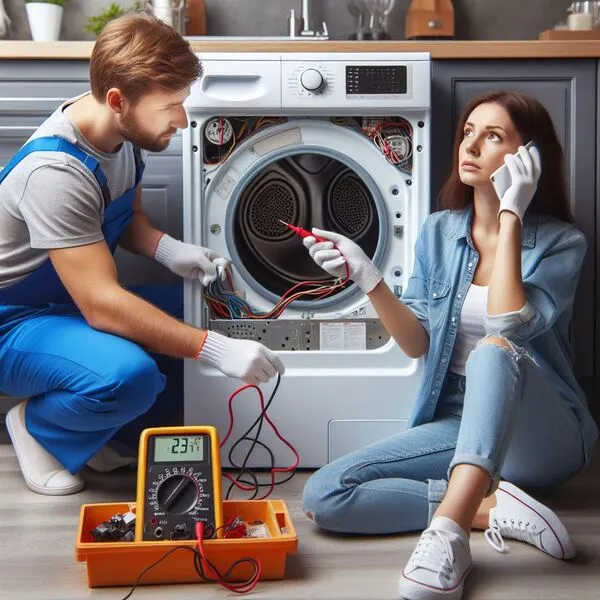
IV. what are the Preventative Maintenance Tips?
The Preventative Maintenance Tips are:
- Regular Cleaning:
- Clean the lint filter and exhaust vent regularly.
- Proper Usage:
- Use the correct drying cycle for different fabrics.
- Avoid overloading the dryer.
- Interior Cleaning:
- Periodically clean the dryer drum and interior.
- Annual Inspection:
- Schedule a professional inspection and maintenance annually.
V. Conclusion
Timely troubleshooting is crucial to prevent further damage and costly repairs to electric dryers. By following a systematic approach and incorporating preventative maintenance, users can ensure their dryers operate efficiently, saving both time and money. Remember to consult the user manual and seek professional assistance when needed.
For further information and troubleshooting assistance, refer to online resources provided by the manufacturer or authorized service centers. Stay proactive in maintaining your electric dryer for a hassle-free laundry experience.

